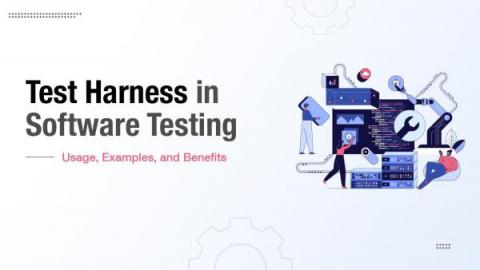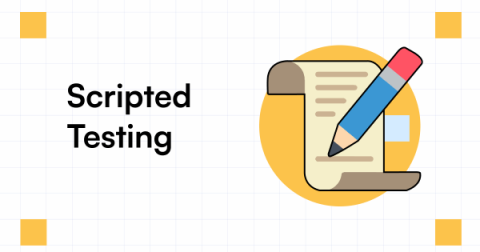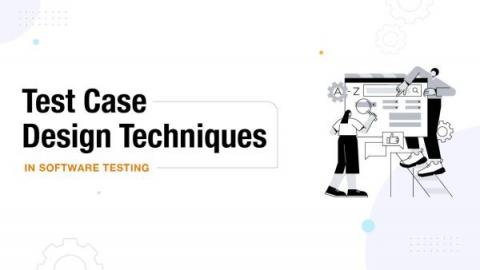Bug Triage / Defect Triage in Software Testing
Bug triage is a critical step in software testing that entails reviewing, prioritizing, and allocating software defects to the appropriate team for resolution. The defect triage phase is an important aspect of the software development lifecycle. It allows teams to analyze and classify detected bugs based on severity and prioritize them accordingly. In this blog, we will go through the mechanics of defect triage and why it is so important for effective software testing.
























